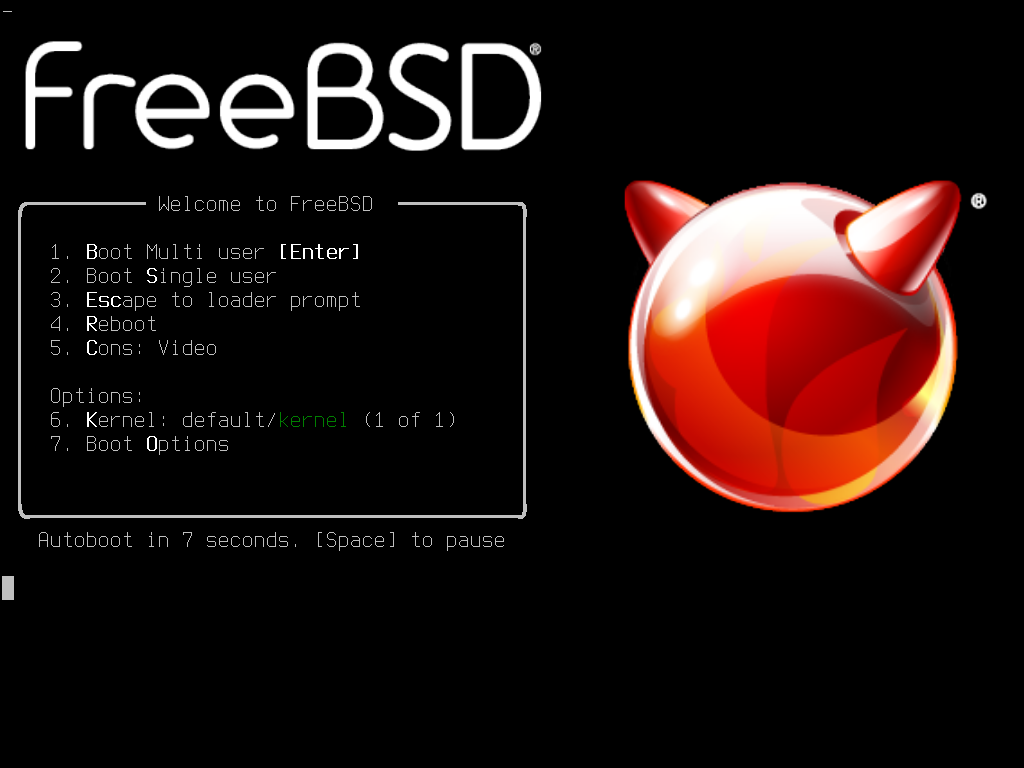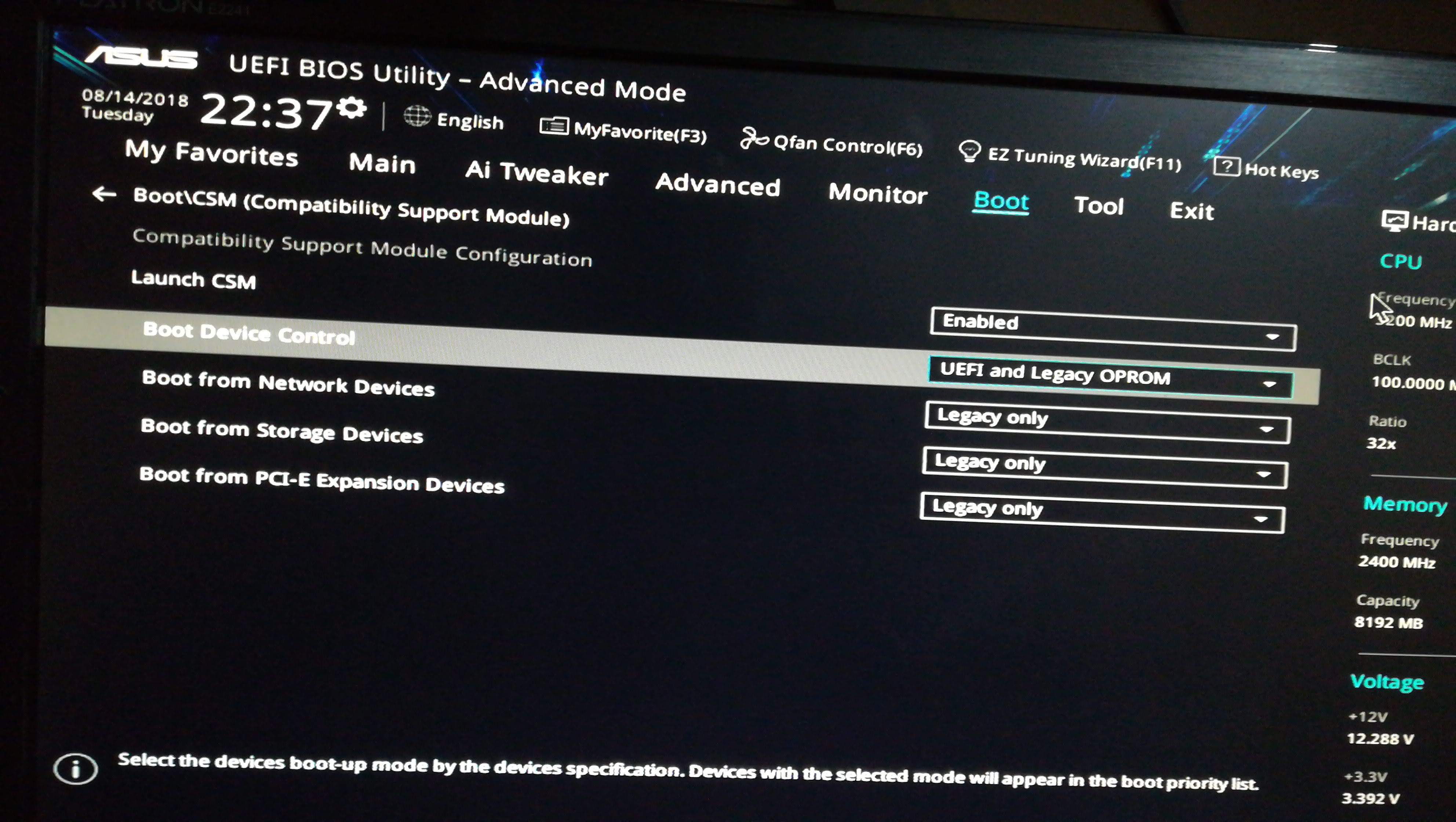Unleash the Power: Bash New Line
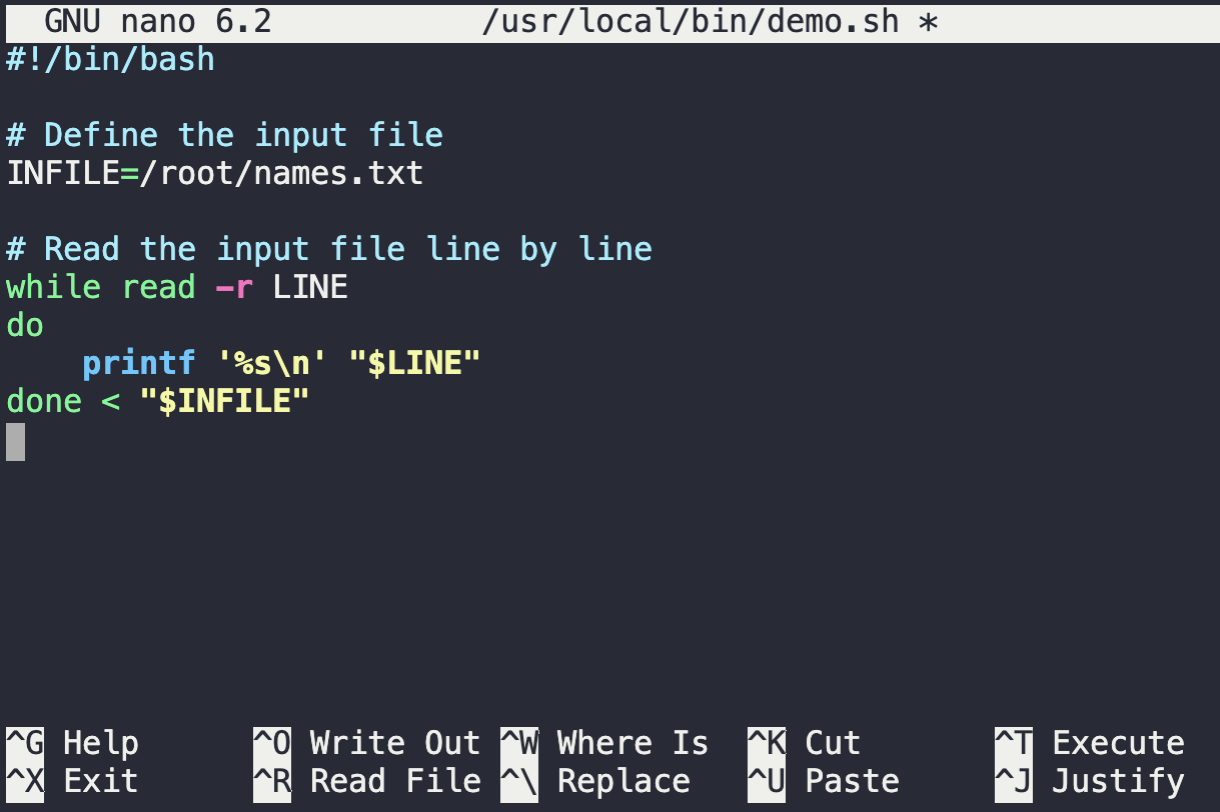
The Bash shell, a powerful command-line interpreter, is a fundamental tool for system administrators, developers, and anyone working with Linux and Unix-like systems. One of its most essential and frequently used features is the ability to manipulate text, especially when it comes to working with multi-line commands and outputs. In this article, we delve into the world of Bash and explore the various techniques to insert a new line, a crucial aspect of command scripting and output formatting.
Understanding the Bash New Line Challenge
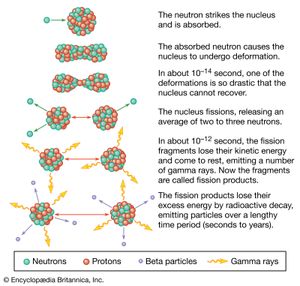
In the Bash environment, a new line is a control character that indicates the end of a line of text and the start of a new one. This character is essential for creating structured, readable commands and for presenting output in a clear, organized manner. The primary challenge arises when we need to insert new lines programmatically or within scripts, especially when dealing with variables, functions, and command outputs.
The Easiest Way: Using the Newline Character
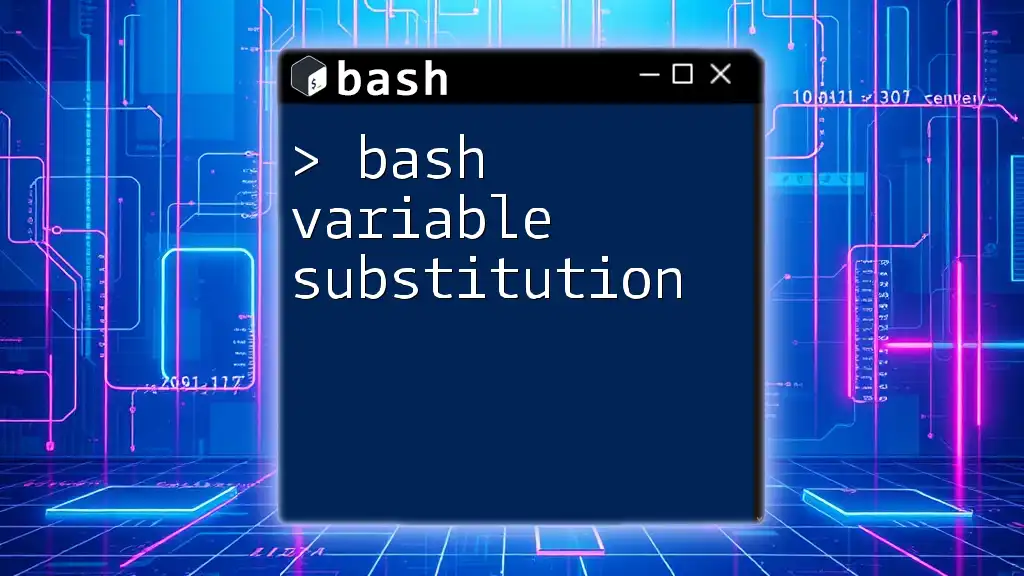
The most straightforward method to insert a new line in Bash is by using the newline character, represented by ”\n”. This character is a control sequence that tells the shell to move to the next line. For instance, if we have a variable $message that contains a text, we can insert a new line within it like this:
message="Hello\nWorld!"
echo "$message"
This will output:
Hello
World!
Advanced Technique: Here Documents
For more complex scenarios, Bash offers Here Documents, a powerful feature that allows us to insert multiple lines of text without relying on special characters. Here Documents are especially useful when we need to format output or create multi-line commands. Here’s an example:
message=$(cat << EOF
Hello,
This is a multi-line message.
It continues here.
EOF
)
echo "$message"
This will output:
Hello,
This is a multi-line message.
It continues here.
Handling Command Outputs with New Lines
When working with command outputs, we often need to manipulate the new line character to achieve the desired result. For instance, if we want to extract specific lines from a file, we can use the awk command along with the FS (field separator) option to split the lines.
awk 'BEGIN {FS="\n"} {print $2}' file.txt
In this example, FS="\n" tells awk to treat each new line as a field separator. The command then prints the second field, effectively extracting the second line from each block of text.
Tips for Better New Line Management

Here are some expert tips to manage new lines effectively in Bash:
- Use Escaped New Lines: In some cases, it's beneficial to use escaped new lines, especially when dealing with multi-line strings in functions or scripts. This ensures that the shell interprets the new line correctly.
- Avoid Redundant New Lines: While new lines are essential, adding too many can make scripts hard to read. Aim for a balance between readability and functionality.
- Learn Regular Expressions: Regular expressions can be powerful tools for manipulating text, including new lines. Understanding them can greatly enhance your Bash scripting skills.
Future Implications: Bash and Beyond
As Bash scripting continues to evolve, the demand for efficient new line management will only increase. With the rise of cloud computing and containerization, Bash scripts are becoming more critical than ever for automation and orchestration. Here are some future trends and their implications:
| Trend | Implications |
|---|---|
| Cloud-Native Automation | Bash scripts will be integral for automating cloud-native applications and services, especially for configuration management and deployment. |
| Container Orchestration | Tools like Kubernetes rely on Bash scripts for various tasks, including pod management and cluster maintenance. Efficient new line management will be crucial for these tasks. |
| CI/CD Pipelines | Continuous Integration and Continuous Deployment pipelines often use Bash scripts for various stages, including build, test, and deployment. Understanding new line manipulation can enhance the efficiency of these pipelines. |

FAQs
How do I insert multiple new lines in Bash?
+To insert multiple new lines, simply repeat the newline character or use a Here Document with the desired number of lines.
Can I use the newline character in functions?
+Absolutely! The newline character can be used in functions to format output or create multi-line messages.
Are there any alternatives to Here Documents for multi-line output?
+Yes, you can use the printf command with the -v option to store multi-line output in a variable, which can then be printed or used in other commands.

